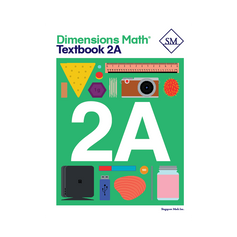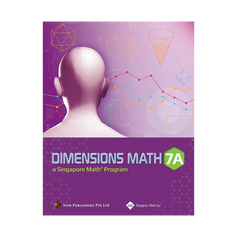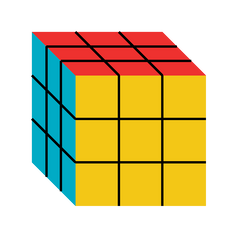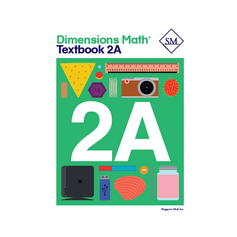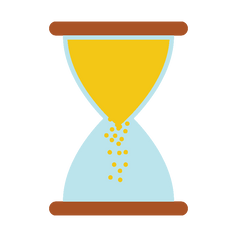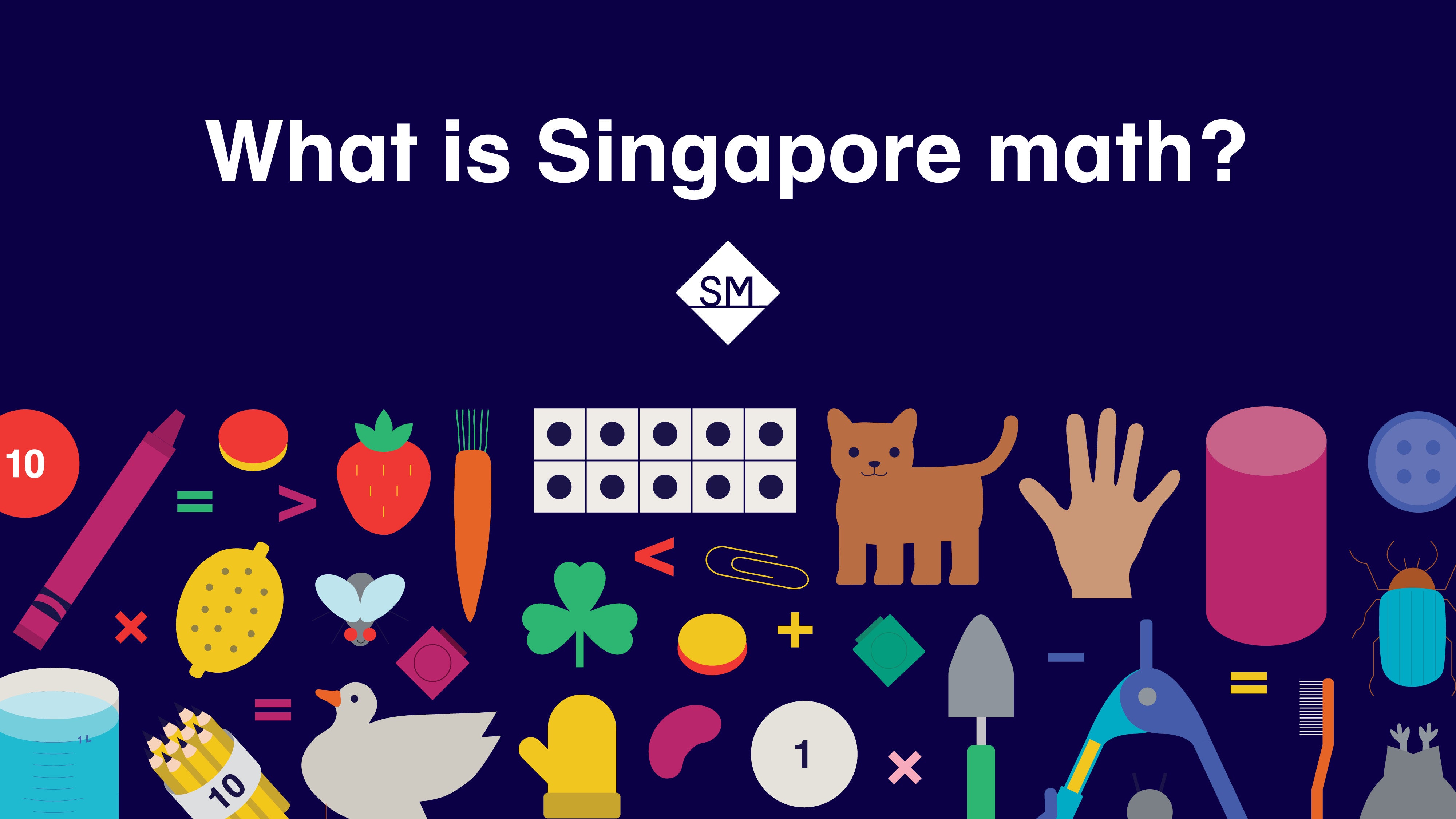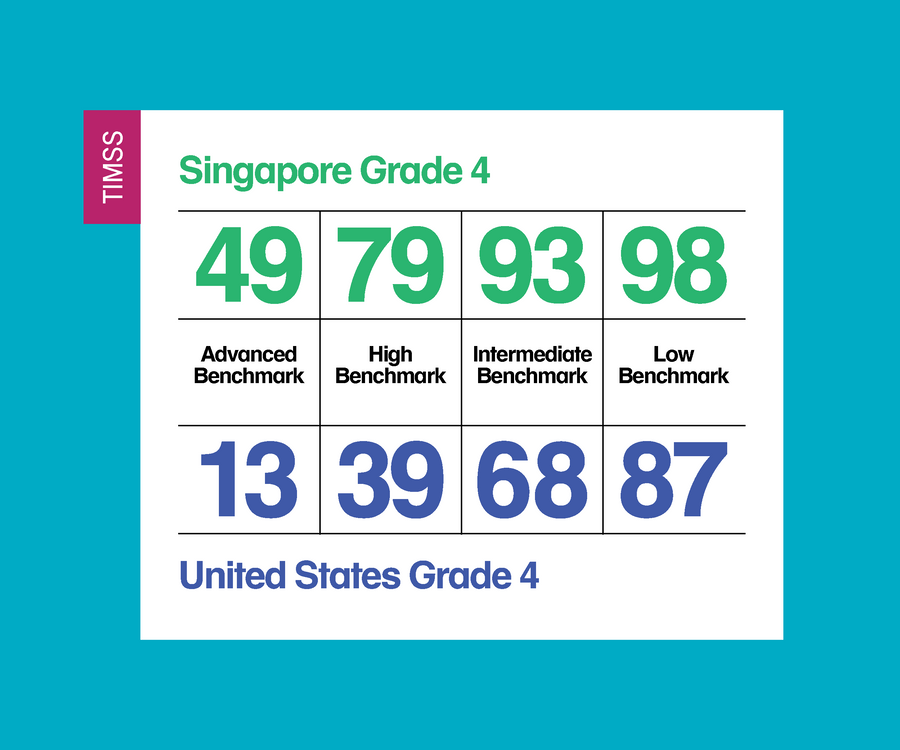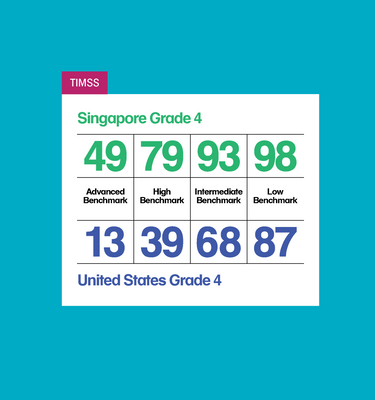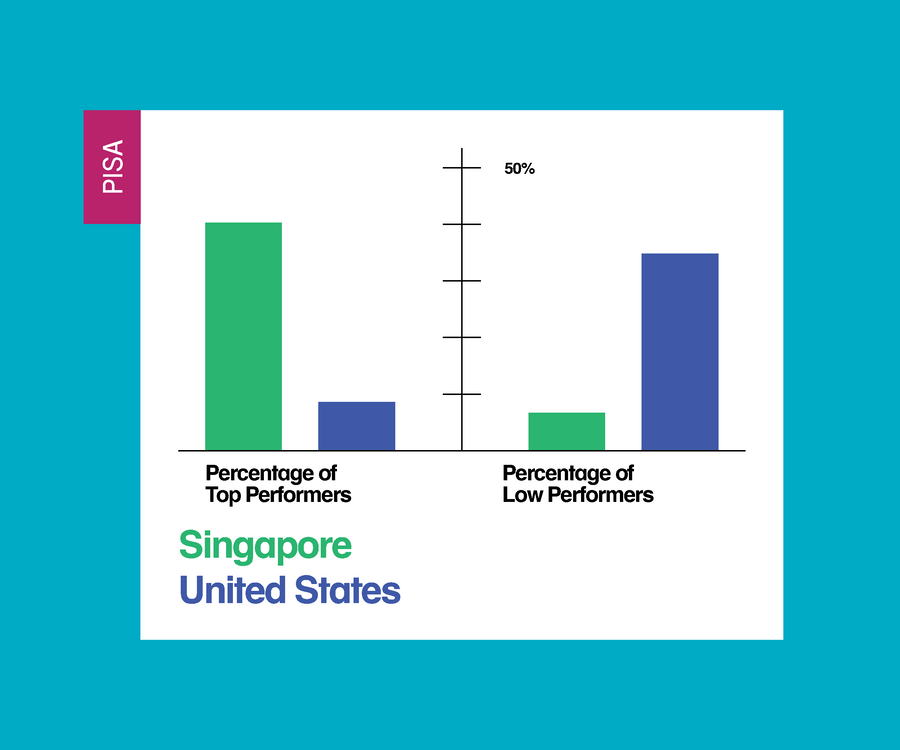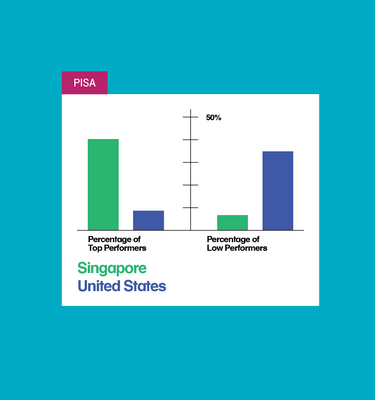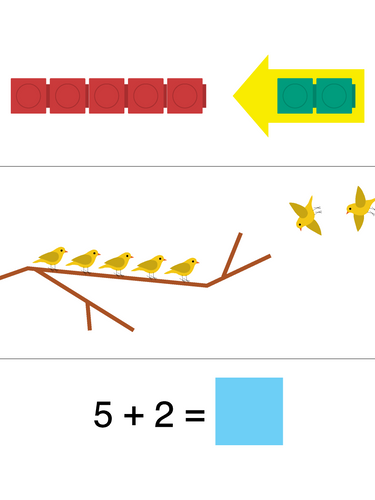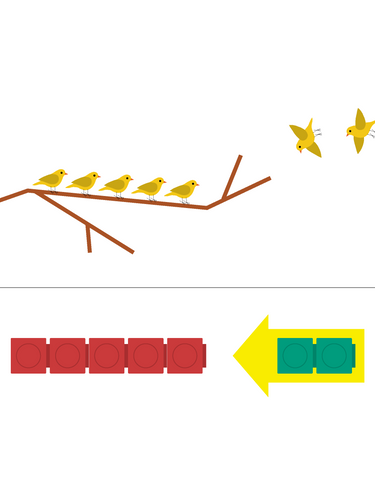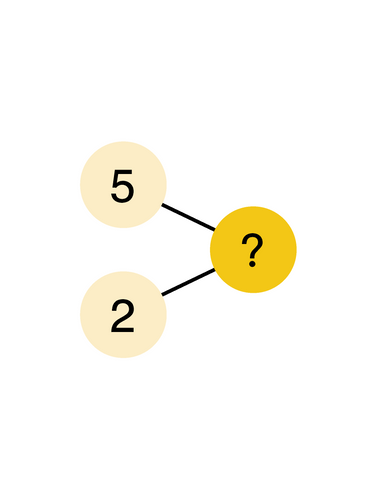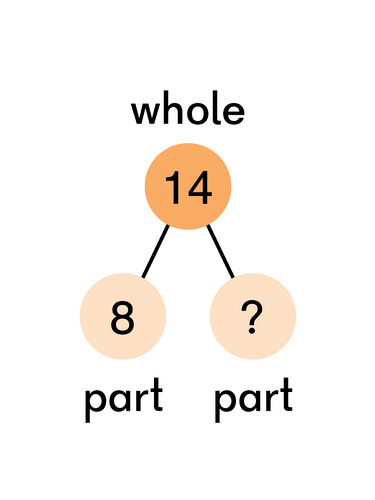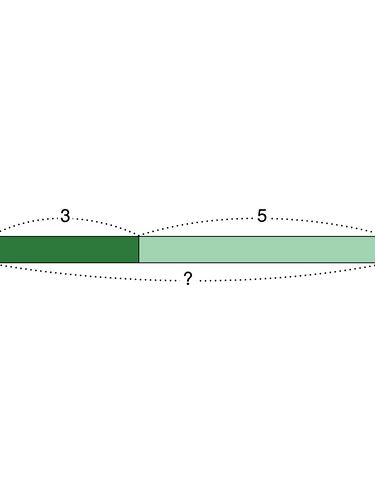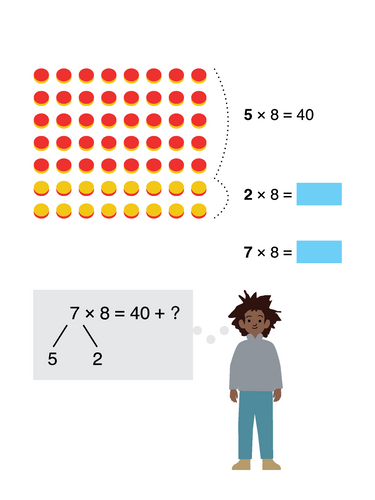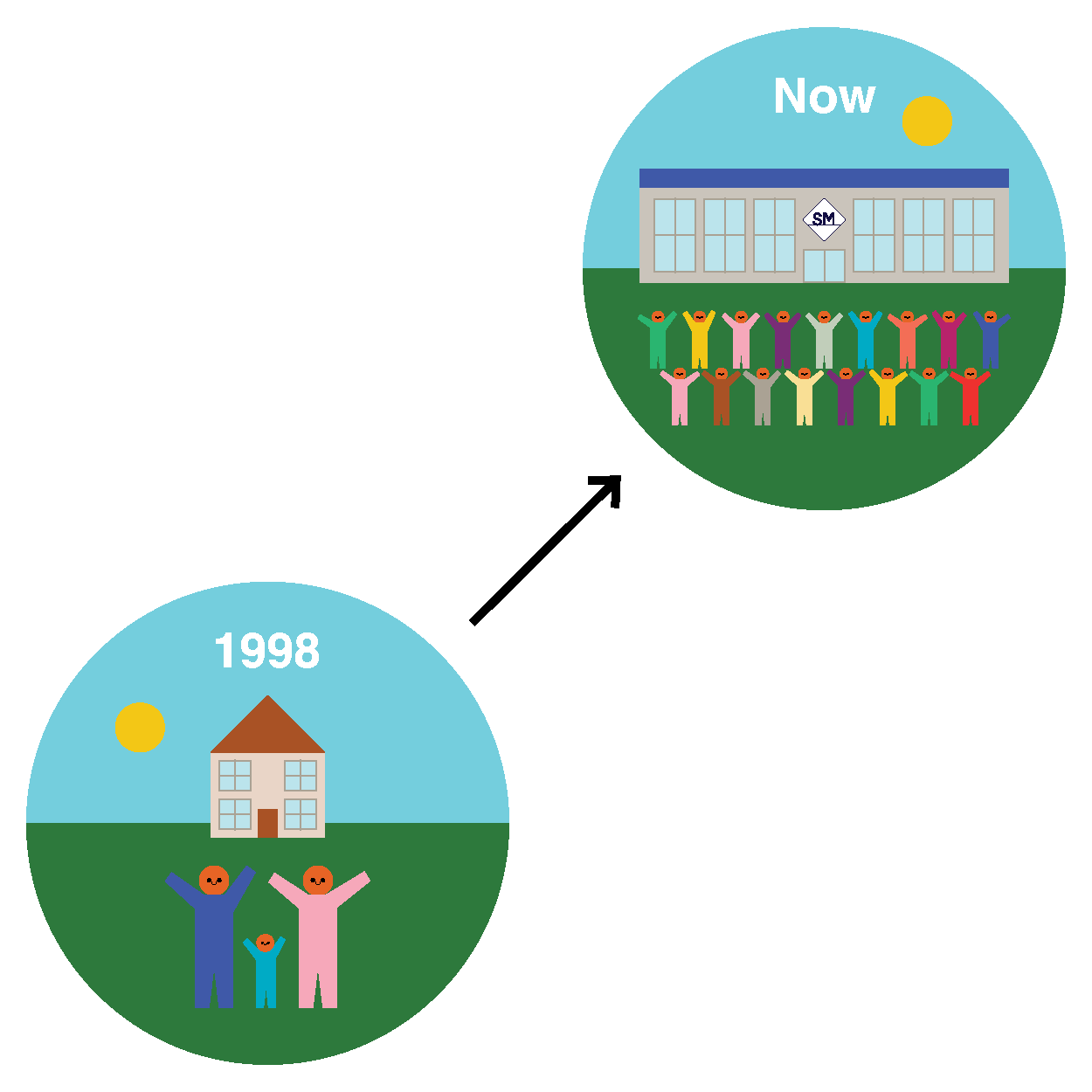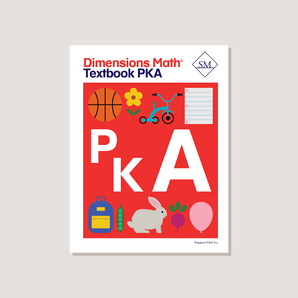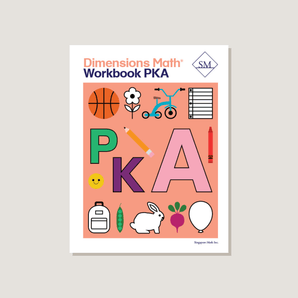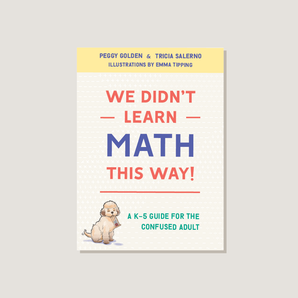- The Singapore math method is focused on mastery. It teaches students the how and why of math.
- Intentional sequencing of concepts involves students returning to topics over the course of years, each time building complexity and depth.
- Students are introduced to problem variation at an early stage. Instead of pushing through rote memorization, they are asked to think creatively and mathematically, relying on knowledge gained in previous lessons and trying new techniques.
- Students explore many ways of solving the same type of problem. They develop a 360-degree understanding of topics.
- An attitude that math is important and approachable is also essential. Students perform at a higher level when their potential for understanding and success is assumed.
- In typical U.S. math programs, students get a worked example, then solve problems that very closely follow that example, repeating all the same steps with different numbers. In Singapore math, students must think through concepts and apply them in new ways from the very start. Since they can’t rely on simple replication, students are pushed to greater engagement and broader thinking. In U.S. math programs, concepts and skills are more compartmentalized within and across grade levels than in Singapore math, where a strong sense of connectivity to past learning is woven throughout.
- Singapore math not only helps students become more successful problem solvers, it helps them gain a sense of confidence and resourcefulness because it insists on conceptual depth. This naturally prepares students to excel in more advanced math.
- Some of the key features of the approach include the CPA (Concrete, Pictorial, Abstract) progression, number bonds, bar modeling, and mental math. See the details of those methods below.
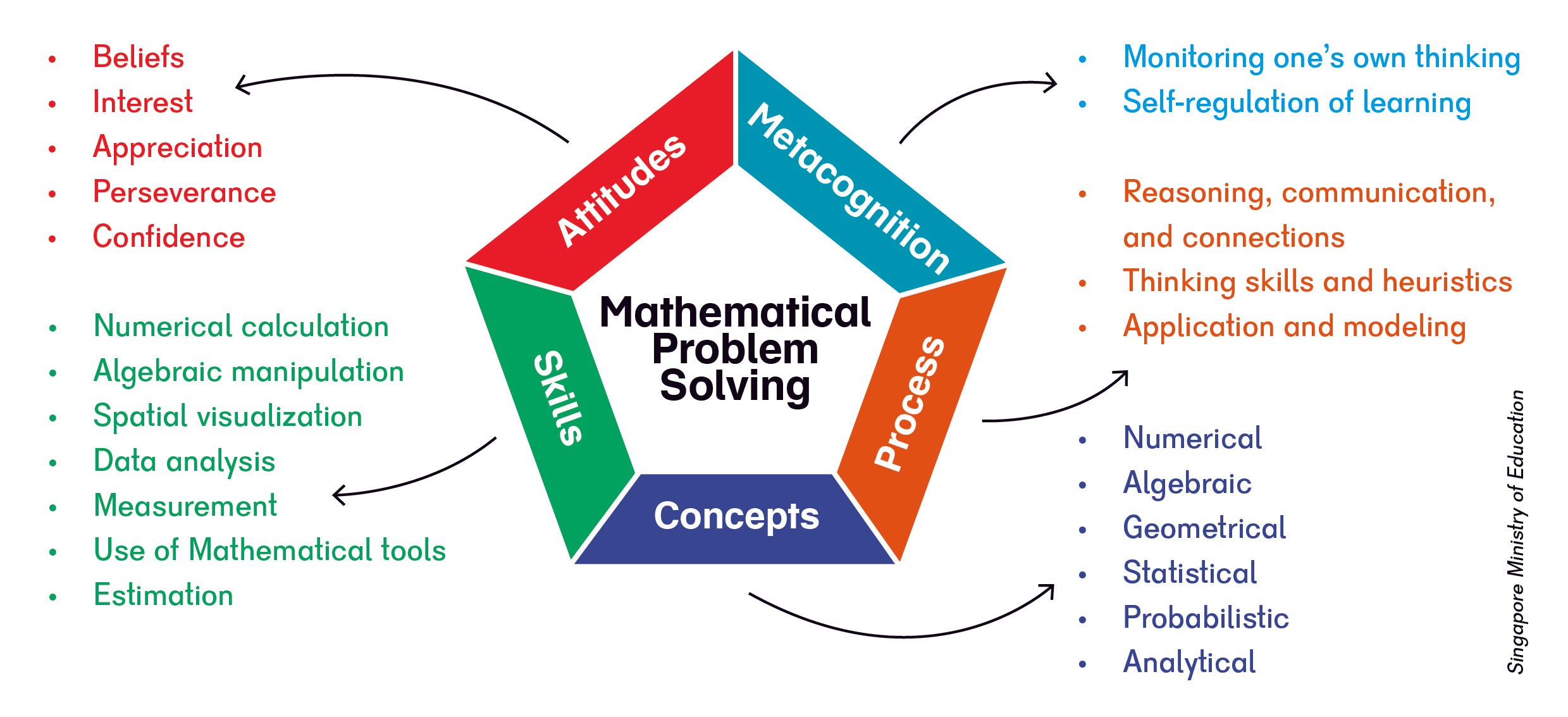
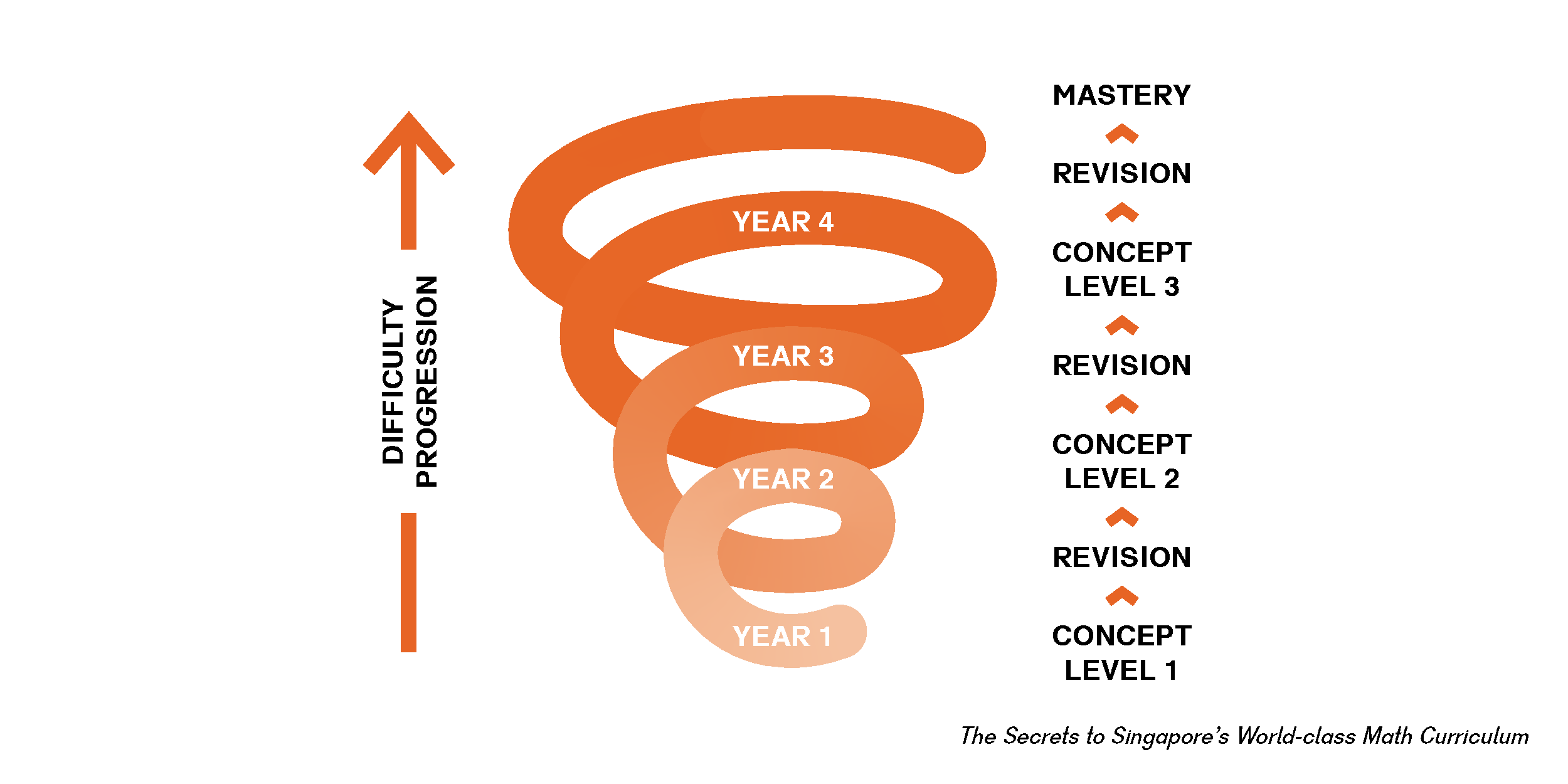
Key Features
- The Singapore math method is focused on mastery. It teaches students the how and why of math.
- Intentional sequencing of concepts involves students returning to topics over the course of years, each time building complexity and depth.
- Students are introduced to problem variation at an early stage. Instead of pushing through rote memorization, they are asked to think creatively and mathematically, relying on knowledge gained in previous lessons and trying new techniques.
- Students explore many ways of solving the same type of problem. They develop a 360-degree understanding of topics.
- An attitude that math is important and approachable is also essential. Students perform at a higher level when their potential for understanding and success is assumed.
- In typical U.S. math programs, students get a worked example, then solve problems that very closely follow that example, repeating all the same steps with different numbers. In Singapore math, students must think through concepts and apply them in new ways from the very start. Since they can’t rely on simple replication, students are pushed to greater engagement and broader thinking. In U.S. math programs, concepts and skills are more compartmentalized within and across grade levels than in Singapore math, where a strong sense of connectivity to past learning is woven throughout.
- Singapore math not only helps students become more successful problem solvers, it helps them gain a sense of confidence and resourcefulness because it insists on conceptual depth. This naturally prepares students to excel in more advanced math.
- Some of the key features of the approach include the CPA (Concrete, Pictorial, Abstract) progression, number bonds, bar modeling, and mental math. See the details of those methods below.
The Framework

Mastery Spiral










